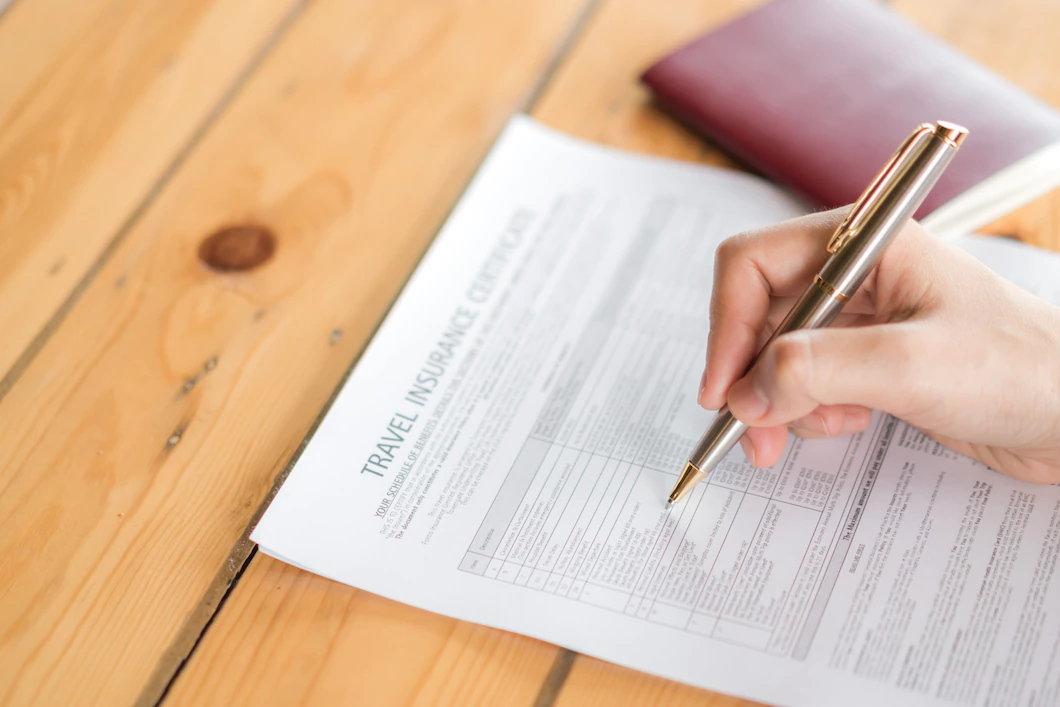
Travel insurance is often overlooked as an expense but it can be one of the most important things you’ll need in order to prepare for a road trip. It’s usually a mistake to try and save on this expense since it can help you a lot in case something goes wrong.
This doesn’t mean that you always need to get the most expensive insurance policy. The key is to find the one that will suit you and one that’s made for road trips in particular.
What Documents You’re Going to Need?

A car insurance policy is easy enough to get if you have the proper documents. You’ll need to prove that you’re able to drive and for a foreign driver, this means showing your international driving permit issued by the InternationalDriversAssociation. This document is only valid if you have a national license with you as well as a photo ID.
All of the documents need to be up to date and an international permit expires after a year while the national one is valid for five. You can also renew the international license online and you can’t always do that with a national permit.
Roadside Assistance
Roadside assistance is the most important feature of car insurance and one that you’ll most likely use on your road trip. It covers professional assistance in case your car breaks down or if you get into an accident. You can find valuable information on CarInsuranceCheap.
It will also cover towing your car to the closest garage where it can be repaired. In some cases, this insurance also provides you with an alternative vehicle while your car gets repaired or a place to stay and wait for the repairs to be done.
Passenger Cover
This isn’t an option that every car insurance offers. The standard package covers the medical costs that a driver may need to pay in case they get into an accident. When it comes to such costs for the passengers – they are considered to be an add on, and you need to pay more for them.
It’s best to pay the additional cost and cover the passengers as well. Statistics show that passengers are usually more in danger than the driver and you want to be on the safe side in case something happens. This is especially true if your route includes some dangerous roads.
Personal Belongings
This addition to the average policy covers the items you’re carrying with you that may get damaged in the car if you have an accident. It’s a useful addition to have since there are items that could get damaged even if you hit a small bump on the road.
If you plan to bring along expensive tech – such as laptops, cameras, or other mobile devices, you should consider paying this expense as well so that you’re covered in case something happens. Keep in mind that it won’t cover you if the items aren’t damaged in a car accident.
Make Sure the Insurance Policy is Active
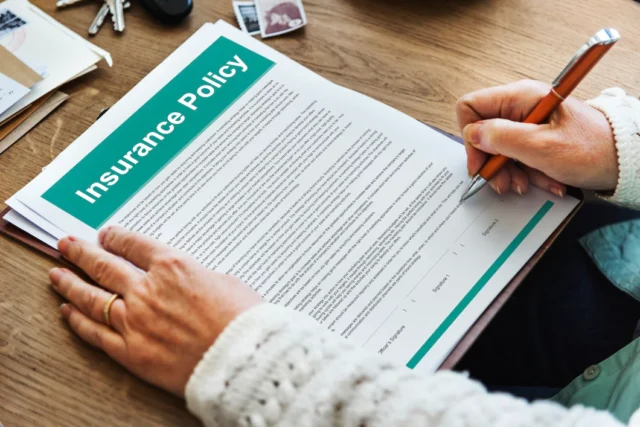
This often gets overlooked by some drivers but an insurance policy has a start and an end date. You want to make sure that the policy is active while you’re on the road. A lot of the time accidents happen outside that window and if they do, you won’t be covered.
It’s best to renew your policy before the old one expires. Sometimes that’s a complex technical task so it’s best to get things started while you still have 10 days on the old policy. This will give you plenty of time to choose which additions to eliminate or include.
Check The Car Before Going Anywhere
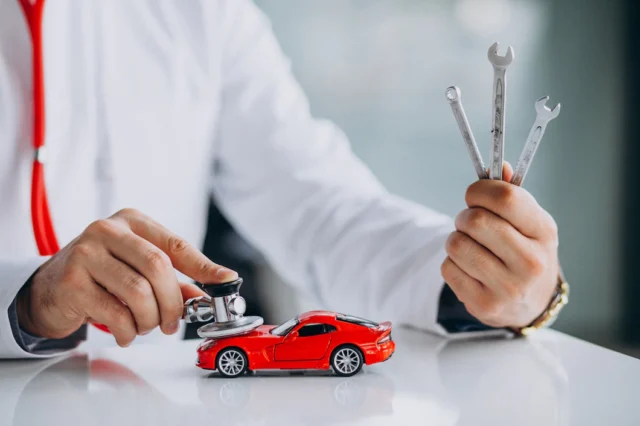
Before you start your trip, it may be a good idea to inspect the car. That way you can notice if there’s an issue with the car that has been there before you used the car. If you don’t report it to a car rental agency, they are allowed to assume that it’s you who damaged the car.
The inspection should include tires and brake fluids since those are the items that often get damaged through use and you want to make sure the car is ready to be used as it is.
What’s Comprehensive Insurance?
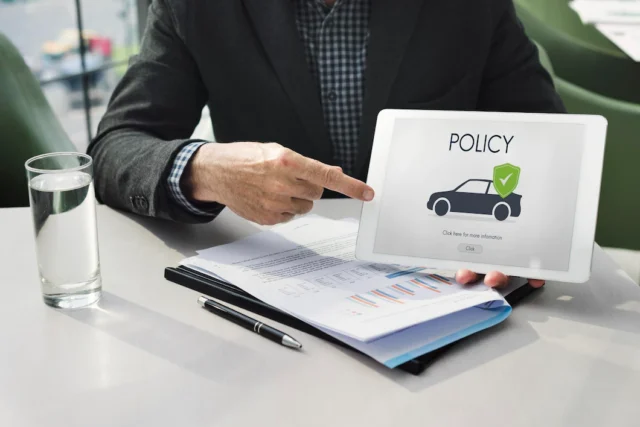
A comprehensive insurance plan is the one that covers most of your needs and is considered to be a full package when it comes to what kind of features you can expect.
Keep in mind that this isn’t always the best plan for you since it may include some features that you’re never going to need or use.
Make sure you go through the details of a plan and figure out how much it matches the needs of someone driving a car on their own. If it doesn’t you should create your own policy by leaving features out and adding new ones.
The Emergency Assistance Comes with a Catch

The emergency assistance part of the insurance policy usually comes with a catch. It’s only valid if the car needs assistance with a certain area. Sometimes the insurance agency will outline the areas they cover on a map.
In other cases, the area will have a radius of 100 miles from the nearest repair center. If you’re outside of these areas during your accident you won’t be able to get emergency assistance, at least not covered by your insurance policy.
Stay Careful
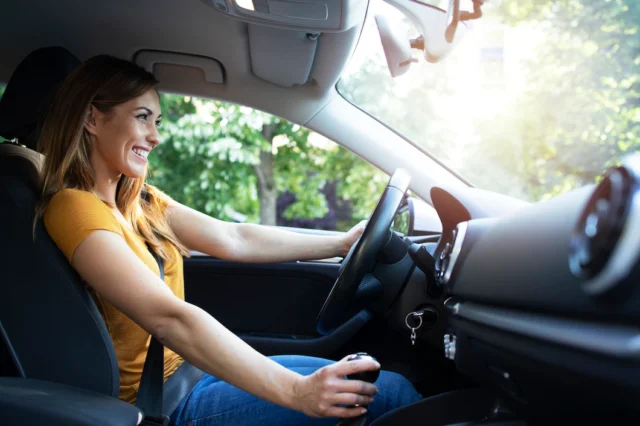
Having a car insurance policy is essential when taking a road trip and it’s a responsible thing to do since it will keep you covered in case something happens. However, this doesn’t mean that the insurance policy is an excuse not to be careful on the road.
Your first concern should always be your safety and that of the passengers in the car with you. If you follow the rules and drive with care – you’ll probably have a safe trip without the need to use the insurance policy at all and that’s the goal to strive for. The policy is there just in case.









